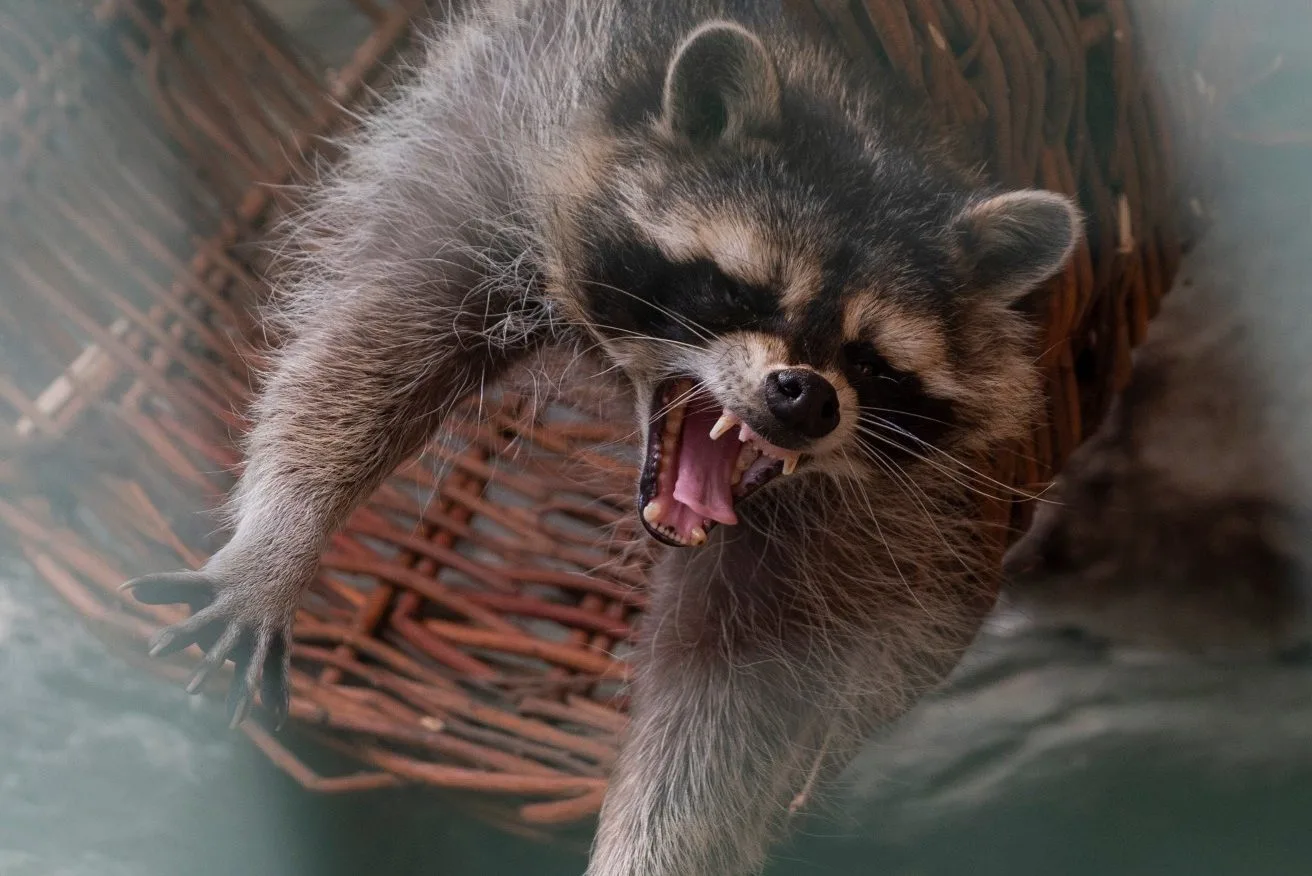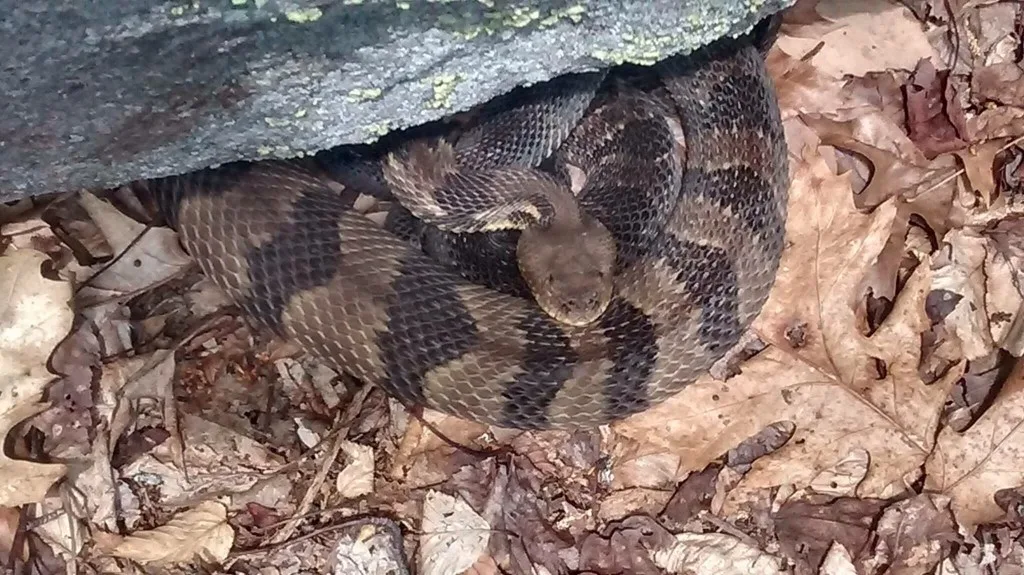The Most Dangerous Creatures in Shenandoah National Park
It’s hard to believe dangerous creatures live in the beautiful Shenandoah National Park.
Amidst the mountains, wildflowers, and trails, wildlife can be dangerous to humans.
What animals should you watch out for? And what do you do if they threaten you?
Let’s find out!
About Shenandoah National Park
Just an hour outside of Washington, D.C., you’ll find Virginia’s first national park.
Situated in the Appalachian Mountains, Shenandoah National Park is a 300 square mile sanctuary. It features the 105-mile Skyline Drive, a byway connecting 75 overlooks, visitor’s centers, and more. In fact, it’s possible to see the park from your car. But, of course, you’ll want to get out and explore.
Beyond Skyline is the part you can’t see by car. Animals, trails, and flowers fill the park. You’ll see crystal clear streams and gorgeous quartz outcroppings as well. The park also offers many outdoor activities and exhibits, such as the popular Old Rags Mountain hike. In addition, the park offers large expanses of designated wilderness, including Hawksbill, its highest peak.
Autumn is the most popular time to visit Shenandoah National Park because of the fall foliage, but spring brings wildflowers and azaleas.
Let’s talk about which park creatures to keep an eye out for and how to avoid potentially dangerous interactions.

The Most Dangerous Creatures in Shenandoah National Park
All wild animals pose a risk to humans and dogs. Even animals that aren’t considered aggressive can become so when threatened. This is as true in Shenandoah National Park as it is anywhere.
The park guidelines instruct visitors to stay at least 75 feet (two bus lengths) from all wild animals and double that for black bears. It’s your responsibility to back away from approaching animals.
Also, it’s illegal to call, whistle, or otherwise make noises to attract wildlife to you.
Pro Tip: Want to take your furry friend with you to Shenandoah? Before you do, discover Are Dogs Allowed in National Parks?
Squirrels, Chipmunks, Raccoons
Squirrels, chipmunks, and raccoons can be cute. It’s certainly tempting to get close to them to touch, feed, or even get a selfie with them.
However, that’s a bad idea because they’re still wild animals. People get a false sense of safety being around them because they’re familiar, adorable mammals. But, they can still injure you or your pets by biting and scratching. And those wounds can carry diseases, such as rabies.
In addition to a potential illness, you’d have to interrupt your vacation to seek medical treatment, which can get expensive.
And even if you feed these animals without incident, they may become more aggressive with other visitors, thinking they’ll get food. So it’s best to avoid getting close to these animals altogether.

Timber Rattlesnakes and Copperheads
The thing about snakes is that they’re sneaky. The dangerous ones blend in with the harmless ones, and it’s difficult to predict when you’ll encounter one.
In Shenandoah National Park, there are 16 non-venomous snake species. On the other hand, two species are venomous.
Timber rattlesnakes and copperheads are the dangerous snakes in Shenandoah National Park. No snake, including these, will go out of its way to bite you. However, it’s easy to disturb one accidentally.
Snakes often bask on sunny rocks or in the middle of trails. Still, walking through dead leaves or turning over rocks can reveal an unwelcome surprise. Snakes are active at night, so bring a headlamp if you’ll be walking after dark. And, please be extra cautious and attentive when walking your dog in Shenandoah National Park.
If you come across a snake, the best thing to do is give it a wide berth.

Ticks
Perhaps the most dangerous thing about ticks is that they’re small enough to hitch rides on people and pets unnoticed.
Tick-borne illnesses include Lyme Disease and Rocky Mountain Spotted Fever. The park service reports that visitors have been diagnosed with both diseases after visiting.
Ticks are often found on tall grasses and leaves. To keep them off of you, wear long pants and long sleeves. Tuck your pants into your socks and wear light-colored clothing.
Check yourself and your companions (both human and canine) for ticks when you leave the park. Make sure to include the hair and scalp or any warm, damp areas such as armpits.
If you get sick after leaving the park, tell the doctor that you were in an area with ticks. Sometimes doctors in areas without ticks will be less familiar with the symptoms.

Pro Tip: Need somewhere to stay while exploring Shenandoah National Park? Check out these 7 Best Shenandoah Campgrounds.
The Most Dangerous Creature in Shenandoah National Park
Black bears in Shenandoah National Park are dangerous in a few different ways. Common sense can help keep you and the bear safe.
Remember that even if you have an excellent encounter feeding a bear or otherwise getting close, you may be teaching the bear dangerous habits. It’s illegal to feed the bears, so just don’t do it.
If you see a bear, keep your distance and keep children and pets close. Make a lot of noise, so the bear knows you’re there. Also, it’s a good idea to carry bear repellant spray and learn how to use it.
A standing bear usually means the bear is curious, not threatening.
However, if a bear approaches you, back away slowly. If you don’t have an escape route, stand tall, clap your hands, and make noise.
Usually, the above steps are enough to scare off a bear. But if a bear charges at you, don’t run. They will pursue you, running faster and climbing higher than you.
Just hold your ground as best you can. (We imagine that’s not easy when a bear has you cornered, but it’s best practice.)
Another dangerous thing about bears is that they sometimes wander into the streets, causing a collision. Driving the speed limit and paying attention will help avoid a crash. As usual, pull over if you want to take a picture.
Look, But Don’t Get Too Close
Wild animals can become threatening anywhere. The dangerous creatures in Shenandoah National Park are no exception. However, you can prevent most confrontations simply by being alert and giving animals their space.
Common sense works for everything from black bears to squirrels to copperheads. You’ll find it easier to relax and enjoy the park if you follow these guidelines.
Have you run across a dangerous creature in Shenandoah National Park? Tell us about it in the comments below!
Discover the Best Free Camping Across the USA
To be honest with you, we hate paying for camping. There are so many free campsites in America (with complete privacy).
You should give it a try!
As a matter of fact, these free campsites are yours. Every time you pay federal taxes, you’re contributing to these lands.
Become a FREE CAMPING INSIDER and join the 100,000 campers who love to score the best site!
We’ll send you the 50 Best Free Campsites in the USA (one per state). Access the list by submitting your email below:
People.